News
Last News Items
 Unveiling the Effects of Hydroxyl-Induced Trap States on the Charge Transport in p- and n-Channel Organic Field-Effect Transistors through Variable-Temperature Characterization – Publication by A212. June 2025 - 09:57
Unveiling the Effects of Hydroxyl-Induced Trap States on the Charge Transport in p- and n-Channel Organic Field-Effect Transistors through Variable-Temperature Characterization – Publication by A212. June 2025 - 09:57 Detection of an interface-specific coherent phonon mode – Publication by B5 (Höfer/Mette), A1 (Stolz) and A5 (Volz) in Advanced Materials Interfaces9. February 2025 - 11:29
Detection of an interface-specific coherent phonon mode – Publication by B5 (Höfer/Mette), A1 (Stolz) and A5 (Volz) in Advanced Materials Interfaces9. February 2025 - 11:29 Ultrafast switching of trions in 2D materials by terahertz photons – Publication by B9 (Malic) in Nature Photonics23. September 2024 - 09:32
Ultrafast switching of trions in 2D materials by terahertz photons – Publication by B9 (Malic) in Nature Photonics23. September 2024 - 09:32 The International Conference on Internal Interfaces, ICII-24, was held in Marburg19. September 2024 - 14:14
The International Conference on Internal Interfaces, ICII-24, was held in Marburg19. September 2024 - 14:14 35. Erfinderlabor: Scientific curiosity of the next Generation4. June 2024 - 08:55
35. Erfinderlabor: Scientific curiosity of the next Generation4. June 2024 - 08:55 Synthesis of 2D Gallium Sulfide with Ultraviolet Emission by MOCVD – Publication by A4 (Gottfried), A5 (Volz), A14 (Volz) and B2 (Chatterjee) in Small25. May 2024 - 15:04
Synthesis of 2D Gallium Sulfide with Ultraviolet Emission by MOCVD – Publication by A4 (Gottfried), A5 (Volz), A14 (Volz) and B2 (Chatterjee) in Small25. May 2024 - 15:04 Probing electron-hole Coulomb correlations in the exciton landscape of a twisted semiconductor heterostructure – Publication by B9 (Malic) in Science Advances7. February 2024 - 12:00
Probing electron-hole Coulomb correlations in the exciton landscape of a twisted semiconductor heterostructure – Publication by B9 (Malic) in Science Advances7. February 2024 - 12:00 Heteroepitaxy in Organic/TMD Hybrids and Challenge to Achieve it for TMD Monolayers: The Case of Pentacene on WS2 and WSe2 – Publication by A2 and B58. January 2024 - 10:06
Heteroepitaxy in Organic/TMD Hybrids and Challenge to Achieve it for TMD Monolayers: The Case of Pentacene on WS2 and WSe2 – Publication by A2 and B58. January 2024 - 10:06 Layer-by-layer deposition of organic molecules controlled by selective click reactions – Publication by A8 (Koert/Dürr) in Chemistry of Materials 23. December 2023 - 14:48
Layer-by-layer deposition of organic molecules controlled by selective click reactions – Publication by A8 (Koert/Dürr) in Chemistry of Materials 23. December 2023 - 14:48 Enhanced Circular Dichroism and Polarized Emission in an Achiral, Low Band Gap Bismuth Iodide Perovskite Derivative5. October 2023 - 11:25
Enhanced Circular Dichroism and Polarized Emission in an Achiral, Low Band Gap Bismuth Iodide Perovskite Derivative5. October 2023 - 11:25
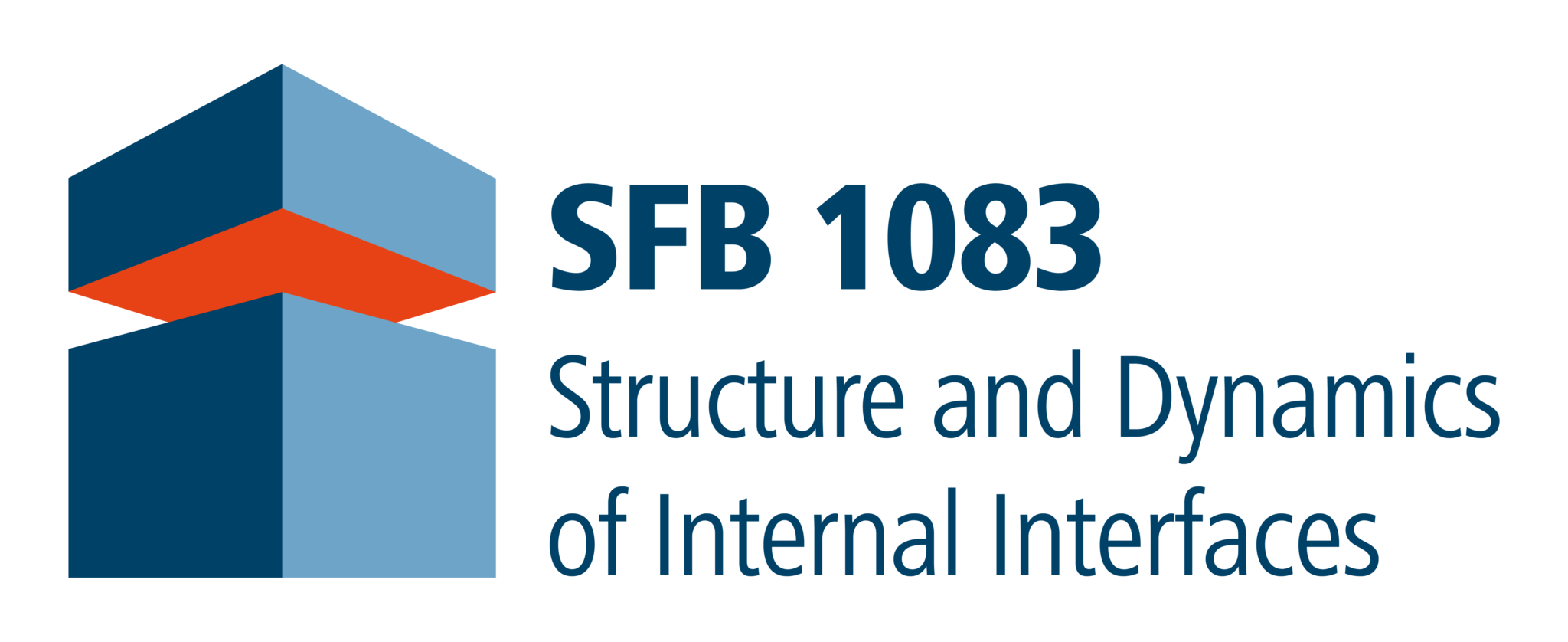
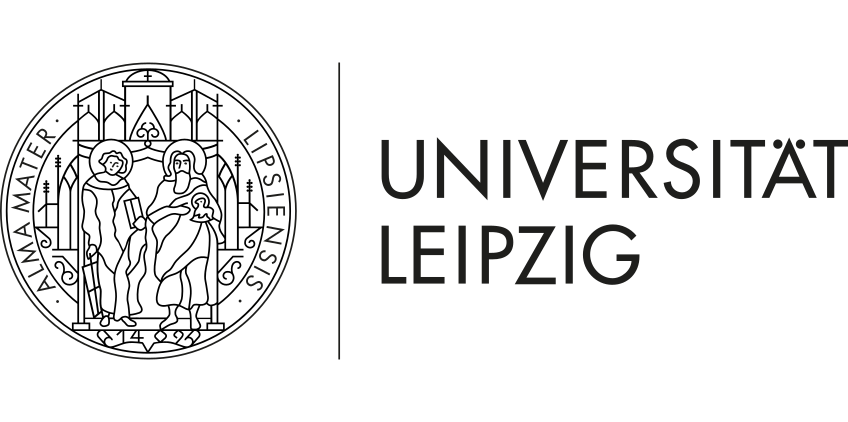
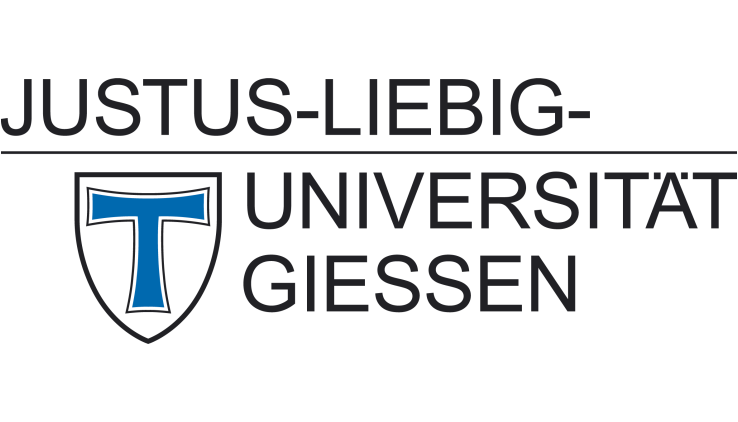


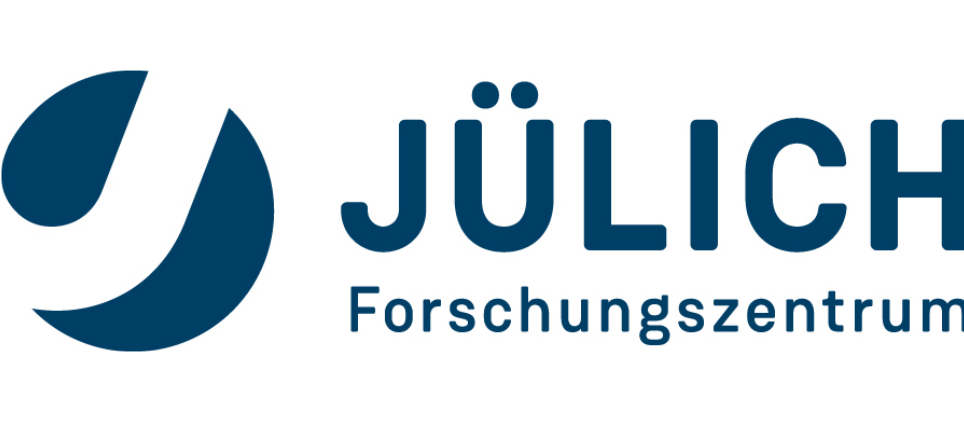
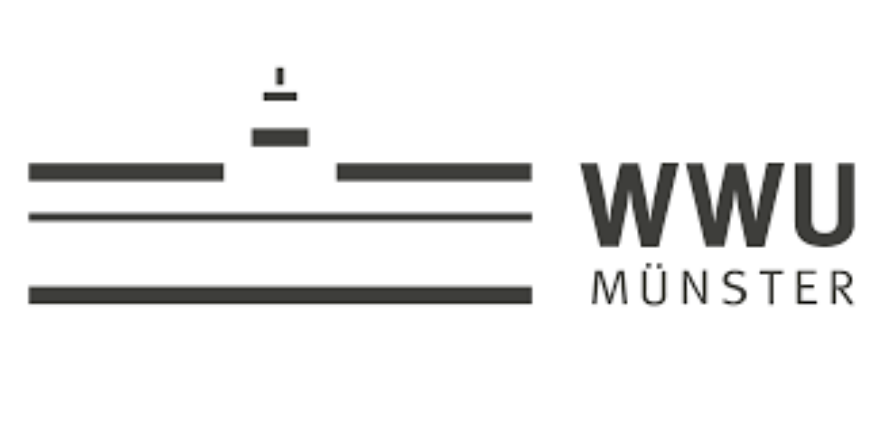
Unveiling the Effects of Hydroxyl-Induced Trap States on the Charge Transport in p- and n-Channel Organic Field-Effect Transistors through Variable-Temperature Characterization – Publication by A2
/in News /by sfb1083In a new publication in Advanced Materials, project A2 (Witte) reports on the variable-temperature transfer length method (TLM) investigation of p– and n-channel organic field-effect transistors (OFETs). The use of the developed full high vacuum (HV) process chain allows to exclude the effect of ambient exposure and reveals the effects of surface hydroxyl groups on the charge transport in OFETs.
Schematic depiction of the full-vacuum process, clockwise from top left: patterning of the gold source-drain electrodes, patterning of the OSC active layer, variable-temperature electrical characterization, obtained transfer current-voltage characteristics and a resulting TLM plot.
Charge transport in organic semiconductors (OSC) is significantly affected by trap states, both intrinsic (due do dynamic disorder in molecular crystals) and extrinsic (occurring in devices at hetero-interfaces, due to chemical impurities, environmental exposure and bias stress). Especially in OFETs, where the conduction channel is formed in an immediate vicinity of the gate dielectric-OSC interface, the trap states at said interface might significantly affect the performance of the device. This is particularly relevant for devices with gate dielectrics based on inorganic oxides, such as silicon dioxide and alumina (Al2O3), where the dangling bonds at the surface are passivated by hydroxyl groups. For a long time it was considered that such surface hydroxyl groups form trap states that are relevant primarily for electrons, which made observation of n-channel conductivity in OFETs challenging. At the same time, multiple studies reported low effective mobilities of p-channel OFETs with hydroxylated dielectrics, however due to the belief established above this effect was mostly attributed to environmental exposure of prepared devices.
To unveil the actual effects of surface hydroxyl groups on the performance of both p– and n-channel conductivity, the authors develop a full-HV processing chain that allows to avoid exposure of OFETs to ambient air. Devices with a bare (hydroxylated) Al2O3 gate dielectric perform significantly worse than OFETs with a tetradecylphosphonic acid (TDPA)-functionalized dielectric, where the hydroxyl groups are replaced by TDPA molecules, regardless of the channel type. This is attributed to the hydroxyl-induced trap states at the gate dielectric-OSC interface. To allow a deeper understanding of the observed phenomenon, a variable-temperature TLM analysis is employed, which allows to extract the activation energy of the charge transport in the conduction channel and the injection barrier at the electrode-OSC interface. The results demonstrate that, unlike it is often assumed, the density of trap states at the gate dielectric-OSC interface plays a secondary role in the device performance. Instead, the activation energy and the injection barrier seem to define the latter. Furthermore, a strong correlation between the two quantities is observed. This indicates that the injection barrier is directly influenced by the efficiency of the charge transport in the conduction channel via the formation of a space charge region close to the injection interface.
The present study unveils the complex interplay between various performance parameters of OFETs, which allows to identify the limiting factors for the charge transport and opens possibilities for further improvements in the field of organic electronics.
See also press release by university of Marburg.
Publication
Y. Radiev, T. Wollandt, H. Klauk, G. Witte
Unveiling the Effects of Hydroxyl-Induced Trap States on the Charge Transport in p- and n-Channel Organic Field-Effect Transistors through Variable-Temperature Characterization
Adv. Mater. (2025) 2505631 DOI:10.1002/adma.202505631
Contact
Prof. Dr. Gregor Witte
Philipps-Universität Marburg
SFB 1083 project A2
Tel.: 06421 28-21384
EMAIL
Detection of an interface-specific coherent phonon mode – Publication by B5 (Höfer/Mette), A1 (Stolz) and A5 (Volz) in Advanced Materials Interfaces
/in News /by sfb1083Gerson Mette, former project B5, and co-workers succeeded in exciting and detecting an interface-specific coherent phonon signal at the buried GaP/Si(001) heterointerface
An important goal of the collaborative research centre SFB 1083 “Structure and Dynamics of Internal Interfaces” has been the advancement of the spectroscopy of buried interfaces. In this respect, the investigation of interface-specific phonons has proven to be most challenging. With the detection of a 2-THz difference-combination mode between a GaP-like and a Si phonon, Mette and coworkers could recently observe such an interface-specific vibrational excitation.
Publication
G. Mette, K. Ishioka, S. Youngkin, W. Stolz, K. Volz, U. Höfer
Interface‐specific excitation of coherent phonons at the buried GaP/Si(001) heterointerface
Adv. Mater. Interfaces (2025) 2400573 DOI:10.1002/admi.202400573
Contact
Prof. Dr. Ulrich Höfer
Philipps-Universität Marburg
SFB 1083 project B5 and B6
Tel.: 06421 28-24215
EMAIL
Ultrafast switching of trions in 2D materials by terahertz photons – Publication by B9 (Malic) in Nature Photonics
/in News /by sfb1083In a joint study including the experimental group of Alexey Chernikov (TU Dresden), Manfred Helm and Stephan Winnerl (Helmholtz Zentrum Dresden-Rossendorf) as well as the theoretical group of Ermin Malic (Philipps-Universität Marburg),the ultrafast switching of trions in 2D materials were investigated by terahertz photons.
External control of optical excitations is crucial for manipulating light–matter coupling and is highly desirable for photonic technologies. Excitons in monolayer semiconductors emerged as a unique nanoscale platform in this context, offering strong light–matter coupling, spin–valley locking and exceptional tunability. Importantly, they allow electrical switching of their optical response due to efficient interactions of excitonic emitters with free charge carriers, forming new quasiparticles known as trions and Fermi polarons. Due to major limitations of how fast the light emission of these states can be tuned, the majority of applications are restricted to an essentially static regime.
Here, the groups of Ermin Malic, Alexey Chernikov as well as Manfred Helm and Stephan Winnerl demonstrate switching of excitonic light emitters in monolayer semiconductors on ultrafast picosecond time scales by applying short pulses in the terahertz spectral range following optical injection. The process is based on a rapid conversion of trions to excitons by absorption of terahertz photons inducing photodetachment. The required resonance conditions as well as the demonstration of the tunability of the process with delay time and terahertz pulse power were achieved by monitoring time-resolved emission dynamics in optical-pump/terahertz-push experiments.
The results introduce a versatile experimental tool for fundamental research of light-emitting excitations of composite Bose–Fermi mixtures and open up pathways towards technological developments of new types of nanophotonic device based on atomically thin materials.
Publication
T. Venanzi, M. Cuccu, R. Perea-Causin, X. Sun, S. Brem, D. Erkensten, T. Taniguchi, K. Watanabe, Ermin Malic, M. Helm, S. Winnerl, A. Chernikov
Ultrafast switching of trions in 2D materials by terahertz photons
Nat. Photon. (2024) DOI:10.1038/s41566-024-01512-0
Contact
Prof. Dr. Ermin Malic
Philipps-Universität Marburg
SFB 1083 project B9
Tel.: 06421 28-22640
EMAIL
The International Conference on Internal Interfaces, ICII-24, was held in Marburg
/in News /by sfb1083SFB 1083 organized the third International Conference on Internal Interfaces (ICII-24) in Marburg with many national and international speakers.
The meeting brought together more than 100 scientists from across the world in the new library building of the Philipps-Universität Marburg. From those, over 25 national and international speakers were invited to present their most recent progress in interface-research. Oral and poster sessions set the framework for intensive discussions on the newest developments in a fast-changing research field.
Thanks to the generous donations of Dock Chemicals and Scienta Omicron, the SFB awarded poster prizes for the best posters presented during conference. The first price was awarded to Klaus Zollner from the University of Regensburg (poster title: “Proximity-induced spin interactions in twisted van der Waals heterostructures”). The second price was shared between Dr. Sabine Wenzel (poster title: “Selective on-surface synthesis of isokekulene through strong molecule-metal interaction”) and Dr. Roberto Rosati (poster title: “Engineering the charge-transfer excitons in 2D lateral heterostructures”) both from Marburg. The committee congratulates all three award winners.
The attractive setting for the event provided by the Philipps-Universität Marburg and the city contributed to making it a memorable meeting.
For more details please check out the meeting’s homepage.
35. Erfinderlabor: Scientific curiosity of the next Generation
/in News /by sfb1083Hessen’s young MINT scientists conduct research on hydrogen and renewable energies within the SFB 1083 and Philipps University Marburg
The 35th Inventors’ Lab (Erfinderlabor) of the Center for Chemistry (Zentrum für Chemie, ZFC) has successfully entered its finale. This year’s event was once again organized by the ZFC in cooperation with the Philipps University of Marburg and Elkamet and supported by other renowned cooperation partners such as the SFB 1083 and LEA (Hesse State Energy Agency).
The practice-oriented workshop not only offers valuable career orientation on career opportunities in the MINT environment (mathematics, informatics, natural sciences and technology), but also always addresses a current topic of high socio-political and economic relevance. The focus of this year’s Inventors’ Lab was on renewable energies and hydrogen.
The participants were selected from 126 female and 111 male students from 99 Hessian schools, the German School Seoul International and the German Embassy School New Delhi. The sixteen students in four teams dealt with different issues in the context of the energy transition in different research groups, which are part of the SFB 1083. The topics were the use of TiO2 in photovoltaics, the hydrogen storage in organic molecules as well as the functioning of batteries and energy storage materials. Finally, the usage of raspberries in solar cells was investigated.
On May 17, the participants presented their research results on the topic of the energy transition to young people in the career orientation phase as well as representatives from research, business and politics at a virtual closing event. Armin Schwarz, Hessian Minister for Culture, Education and Opportunities, praised the “outstanding achievements” of the participants and described the content covered in the inventors’ lab as “directly relevant to the scientific and economic development of the state”. Prof. Dr. Sabine Pankuweit also emphasized: “Renewable energies and hydrogen are topics that could not be more topical.” The Vice President for Equal Opportunities and Career Development at Philipps-Universität Marburg joined the virtual closing event directly from a research laboratory.
The experts were impressed by the technical curiosity and quick comprehension, but also by the motivation and team spirit of the young people. “The graphics were well designed and the results were presented scientifically correct,” said Dr. Johanna Heine from the SFB during the virtual closing event (https://www.youtube.com/watch?v=n1u0s7DYPmA).
The local project partner was the Chemikum Marburg represented by Dr. Christof Wegscheid-Gerlach. “The Inventors’ Lab exemplifies how scientific topics of the future can be communicated at the intersection of school and university, and thus how both levels of education can be interlinked.”
Contact
Dr. Christof Wegscheid-Gerlach
Philipps-Universität Marburg
SFB 1083 project Oe
Tel.: 06421 28-25843
EMAIL
Synthesis of 2D Gallium Sulfide with Ultraviolet Emission by MOCVD – Publication by A4 (Gottfried), A5 (Volz), A14 (Volz) and B2 (Chatterjee) in Small
/in News /by sfb1083In a joint study of the projects A4, A5, A14 and B2, the two-dimensional growth of GaS on sapphire by MOCVD was successfully studied and the layers were characterized using a wide variety of techniques.
2D materials exhibit the potential to transform semiconductor technology. Their rich compositional and stacking varieties allow tailoring materials’ properties toward device applications. Monolayer to multilayer GaS, with its ultraviolet band gap, which can be tuned by varying the layer number, holds promise for solar‐blind photodiodes and light‐emitting diodes as applications.
In this cooperative study of different groups within the SFB 1083, the one‐step synthesis of 2D GaS is introduced via MOCVD (metal–organic chemical vapor deposition) on sapphire substrates. The pulsed‐mode deposition of industry‐standard precursors promotes 2D growth by inhibiting the vapor phase and on‐surface pre‐reactions. High resolution STEM imaging proves the ML nature of the GaS, but also shows a covalently bonded Ga adlayer on the sapphire, which plays an important role in mediating the epitaxial relationship of the GaS ML with respect to the sapphire substrate. The structural and chemical composition determined by electron microscopy related techniques are corroborated by XRR, XPS, Raman spectroscopy and PL and confirm a 2D nucleation of GaS on sapphire, which is an intricate balance between surface wetting, Ga droplet formation and strain-induced change of atomic spacing as well as van der Waals distances.
Growth model of the flow modulated GaS deposition.
The results highlight the adaptability of established growth facilities for producing atomically thin to multilayered 2D semiconductor materials, paving the way for practical applications.
Publication
O. Maßmeyer, R. Günkel, J. Glowatzki, P. Klement, B. Ojaghi Dogahe, S.R. Kachel, F. Gruber, M. Müller, M. Fey, J. Schörmann, J. Belz, A. Beyer, J.M. Gottfried, S. Chatterjee, K. Volz
Synthesis of 2D Gallium Sulfide with Ultraviolet Emission by MOCVD
Small (2024) 2402155 DOI:10.1002/smll.202402155
Contact
Prof. Dr. Kerstin Volz
Philipps-Universität Marburg
SFB 1083 project A5, A14, B13
Tel.: 06421 28-22297
EMAIL
Probing electron-hole Coulomb correlations in the exciton landscape of a twisted semiconductor heterostructure – Publication by B9 (Malic) in Science Advances
/in News /by sfb1083In a joint study including the experimental group of Stefan Mathias from the University of Göttingen and the theoretical group of Ermin Malic the ultrafast charge transfer in twisted van der Waals heterostructures was studied.
Cover of Science Advances Volume 10 Issue 6. An ultrashort light pulse breaks apart an exciton, comprised of an electron bound to an electron hole.
In two-dimensional semiconductors, cooperative and correlated interactions determine the material’s excitonic properties and can even lead to the creation of correlated states of matter.
In a joint experiment theory study, the research groups of Stefan Mathias (Göttingen) and Ermin Malic (Marburg) have studied the ultrafast charge transfer in twisted van der Waals heterostructures. The researchers found that the transfer of an excitons hole across a type II band-aligned heterostructure leads to an unexpected sub-200-femtosecond upshift of the single-particle energy of the electron being photoemitted from the two-particle exciton state. While energy relaxation usually leads to an energetic downshift of the spectroscopic signature, is was shown that this upshift is a clear fingerprint of the correlated interaction of the electron and hole parts of the exciton.
In this way, time-resolved photoelectron spectroscopy is straightforwardly established as a powerful method to access electron-hole correlations and cooperative behavior in quantum materials. The joint work highlights this capability and motivates the future study of optically inaccessible correlated excitonic and electronic states of matter.
Publication
J.P. Bange, D. Schmitt, W. Bennecke, G. Meneghini, A.A. Al Mutairi, K. Watanabe, T. Taniguchi, D. Steil, S. Steil, R.T. Weitz, G.S.M. Jansen, S. Hofmann, S. Brem, E. Malic, M. Reutzel, S. Mathias
Probing electron-hole Coulomb correlations in the exciton landscape of a twisted semiconductor heterostructure
Sci. Adv. 10 (2024) eadi1323 DOI:10.1126/sciadv.adi1323
Contact
Prof. Dr. Ermin Malic
Philipps-Universität Marburg
SFB 1083 project B9
Tel.: 06421 28-22640
EMAIL
Heteroepitaxy in Organic/TMD Hybrids and Challenge to Achieve it for TMD Monolayers: The Case of Pentacene on WS2 and WSe2 – Publication by A2 and B5
/in News /by sfb1083In their study published in ACS Applied Materials & Interfaces, Darius Günder, Marleen Axt and Gregor Witte reveal an epitaxial alignment of organic films on crystalline TMD substrates and demonstrate strategies for achieving this intrinsic van der Waals epitaxy, which is very sensitive to surface defects of the underlying 2D material, also for exfoliated monolayers.
Comparison of different approaches to achieve the intrinsic epitaxy of PEN films on exfoliated and transferred TMD monolayers (Image: D. Günder, Reprinted with permission from ACS Appl. Mater. Interfaces 2024. Copyright 2024 American Chemical Society.)
The intriguing photophysical properties of monolayer stacks of different transition-metal dichalcogenides (TMDs) have recently prompted an extension of similar investigations on the interfacial excitonic coupling to hybrid systems of TMDs and organic films, as the latter combine large photoabsorption cross-section with the ability to tailor energy levels by targeted synthesis. In order to achieve such an excitonic coupling in momentum space a defined azimuthal alignment of the molecular adsorbate is crucial, which occurs on highly defined 2D material surfaces. However, this intrinsic van der Waals epitaxy of crystalline organic films cannot be automatically transferred to every 2D material surface because surface defects caused by exfoliation and transfer can result in significantly different film structures without any epitaxial order.
In this combined study of projects A2 and B5, Darius Günder et al. used X-ray diffraction, optical polarization, and atomic force microscopy to resolve the epitaxial alignment of crystalline pentacene (PEN) films grown at the basal plane of WS2 and WSe2 samples. While (022)-oriented PEN films with recumbent molecular orientation are formed on both studied TMDs, the azimuthal orientation of the long molecular axis is quite different. Moreover, it is shown that this intrinsic epitaxial growth of PEN films depends sensitively on the TMD surface quality. While it occurs on exfoliated TMD single crystals and multilayer flakes, it is hardly found on exfoliated and transferred monolayers, which often exhibit bubbles and wrinkles. This enhances the surface roughness and results in (001)-oriented PEN films with upright molecular orientation but without any azimuthal alignment. However, monolayer flakes can be smoothed by AFM operated in contact mode or by transferring TMD monolayers to ultrasmooth substrates such as hBN, which again yields epitaxial PEN films, but with significantly smaller domains than on TMD single crystals.
The presently demonstrated existence of epitaxial crystalline organic adlayers on TMDs paves the way for future investigations of interface or moiré excitons in such hybrid systems and also highlights the challenges in fabricating organic/TMD hybrid systems with well-defined interfaces.
Publication
D. Günder, M. Axt, G. Witte
Heteroepitaxy in Organic/TMD Hybrids and Challenge to Achieve it for TMD Monolayers: The Case of Pentacene on WS2 and WSe2
ACS Appl. Mater. Interfaces (2023) DOI:doi.org/10.1021/acsami.3c15829
Contact
Prof. Dr. Gregor Witte
Philipps-Universität Marburg
SFB 1083 project A2
Tel.: 06421 28-21384
EMAIL
Layer-by-layer deposition of organic molecules controlled by selective click reactions – Publication by A8 (Koert/Dürr) in Chemistry of Materials
/in News /by sfb1083In a joint effort, the research groups led by Ulrich Koert and Michael Dürr realized the controlled layer-by-layer synthesis of organic molecular structures on silicon.
Two selective click reactions are employed for the controlled layer-by-layer synthesis or organic structures on silicon. Each reaction step is performed in solution and monitored by means of X-ray photoelectron spectroscopy under ultra-high vacuum conditions. Reprinted with permission from Chem. Mater. 2024. Copyright 2024 American Chemical Society.
The application of molecular layer deposition on silicon surfaces may open the route to directly synthesizing organic molecular architectures with tailored physical and/or physicochemical properties on the technologically most relevant silicon substrates (“more than Moore”).
In their most recent publication, the researchers from A8 show how to use a combination of two selective and orthogonal click reactions (Cu-mediated and strain promoted azide-alkyne couplings) for such a controlled layer-by-layer growth of organic architectures on Si(001). Starting point was the Si(001) substrate, which was selectively functionalized with a substituted cyclooctyne under ultrahigh-vacuum (UHV) conditions. The subsequent layer-by-layer synthesis using the two orthogonal click chemistry reaction steps was then performed in solution in an alternating fashion. The product of each reaction step was analyzed in UHV by means of X-ray photoelectron spectroscopy; controlled layer-by-layer growth up to 11 molecular layers was realized and monitored in this way.
Together with previous studies of the researchers from A8 (Koert/Dürr), B5 (Höfer/Mette) and A6 (Tonner) on selective functionalization of the Si(001) surface and the combination of UHV-based surface chemistry with solution-based click chemistry, a complete toolbox for the well-controlled growth of molecular structures on silicon is now available.
Publication
T. Glaser, J.A. Peters, D. Scharf, U. Koert, M. Dürr
Layer-by-Layer Deposition of Organic Molecules Controlled by Selective Click Reactions
Chem. Mater. 36 (2024) 561 DOI:10.1021/acs.chemmater.3c02707
Contact
Prof. Dr. Ulrich Koert
Philipps-Universität Marburg
SFB 1083 project A8
Tel.: 06421 28-26970
EMAIL
Prof. Dr. Michael Dürr
Justus-Liebig-Universität Gießen
SFB 1083 project A8
Tel.: 0641 99-33490
EMAIL
Enhanced Circular Dichroism and Polarized Emission in an Achiral, Low Band Gap Bismuth Iodide Perovskite Derivative
/in News /by sfb1083Johanna Heine (A15) and Sangam Chatterjee (B2) successfully prepared a novel iodido bismuthate that shows strong optical activity despite being achiral
Reprinted with permission from J. Am. Chem. Soc. 2023. Copyright 2023 American Chemical Society.
Lead halide perovskites and related main group halogenido metalates offer unique semiconductor properties and diverse applications in photovoltaics, solid-state lighting, and photocatalysis. Recent advances in incorporating chiral organic cations have led to the emergence of chiral metal-halide semiconductors with intriguing properties such as chiroptical activity and chirality-induced spin selectivity. This enables the generation and detection of circularly polarized light and spin-polarized electrons for applications in spintronics and quantum information, fields that use the spin of electrons or photons to store and process data.
However, understanding the structural origin of chiroptical activity remains challenging due to macroscopic factors and experimental limitations. In general, chiroptical activity originates in the crystal symmetry of the solid state. However, the compound does not need to be chiral to exhibit chiroptical activity. Some non-centrosymmetric crystal classes are sufficient as well – a fact that is often overlooked in current research.
The groups of Dr. Heine (A15) and Prof. Chatterjee (B2) present a novel achiral perovskite derivative [Cu2(pyz)3(MeCN)2][Bi3I11] (pyz = pyrazine; MeCN = acetonitrile), that exhibits remarkable circular dichroism. Notably, single crystals display linear and circular optical activity as well as a significant degree of circularly polarized photoluminescence. The magnitude of these effects on par or even larger than what can be achieved by incorporating chiral organic molecules into perovskites. These findings provide insights into the macroscopic origin of circular dichroism and offer design guidelines for developing materials with high chiroptical activity without expensive chiral building blocks.
Publication
J. Möbs, P. Klement, G. Stuhrmann, L. Gümbel, M. Müller, S. Chatterjee, J. Heine
Enhanced Circular Dichroism and Polarized Emission in an Achiral, Low Band Gap Bismuth Iodide Perovskite Derivative
J. Am. Chem. Soc. 145 (2023) 23478 DOI:10.1021/jacs.3c06141
Contact
Dr. Johanna Heine
Philipps-Universität Marburg
SFB 1083 project A15
Tel.: 06421 28-25482
EMAIL